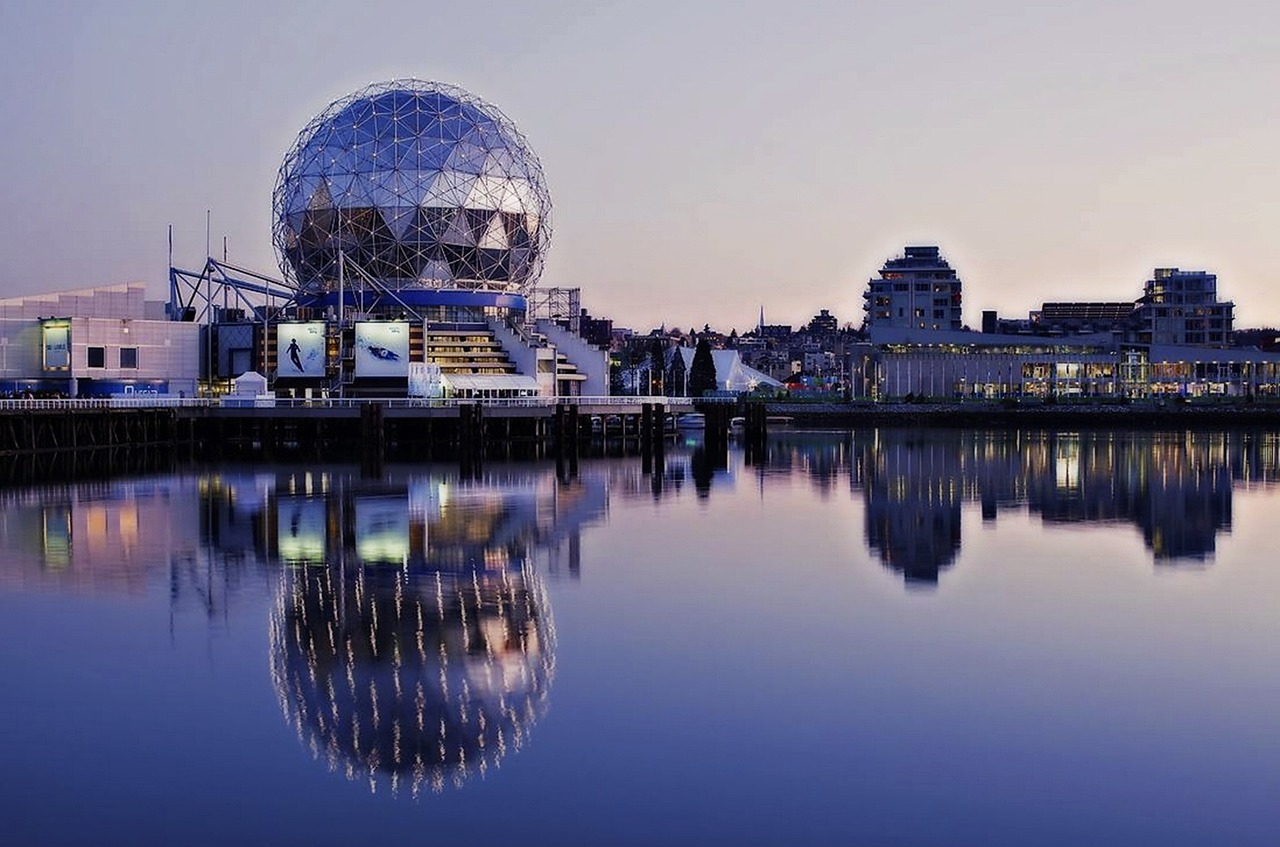The Pros and Cons of Urbanization
Exploring the Benefits and Drawbacks of Urban Living
Urbanization, the process of increasing population concentration in urban areas, has been a defining feature of modern societies. As more people move to cities, the impact of urbanization on individuals, communities, and the environment becomes increasingly significant. This article will explore the benefits and drawbacks of urban living, shedding light on the multifaceted nature of urbanization.
While urbanization offers opportunities for economic growth, cultural exchange, and technological innovation, it also presents challenges such as environmental degradation, social inequality, and infrastructure strain. By examining the pros and cons of urbanization, we can gain a deeper understanding of its implications for the present and future.
Pros
Urbanization brings with it a range of advantages that contribute to the vibrancy and dynamism of city life. Here are some of the key benefits of urban living:
Community Development
Urbanization fosters community development by bringing people from diverse backgrounds and cultures together. This creates opportunities for collaboration, shared experiences, and a sense of belonging. By interacting and living in close proximity, urban residents can develop stronger social ties and support networks, leading to a more cohesive and interconnected community.
Cultural Diversity
Urban centers are melting pots of diverse cultures, traditions, and perspectives. The rich tapestry of urban life enables people to engage with different ethnicities, languages, and cuisines, fostering a deep appreciation for multiculturalism.
Access to Amenities and Services
Residents of cities can easily access a wide array of amenities and services, including healthcare facilities, educational institutions, entertainment venues, and public transportation. The convenience of urban living enhances overall quality of life.
Technological Innovation
Urban areas are hubs of technological advancement and innovation, attracting expertise in various fields and serving as incubators for cutting-edge research and development. This fosters a climate of progress and creativity.
Education and Innovation Hubs
Urban areas often serve as centers for educational institutions, research facilities, and innovation hubs. The concentration of academic and research resources in these areas creates a fertile environment for knowledge exchange, creativity, and technological advancement. This can lead to the development of new technologies, solutions to urban challenges, and a well-educated workforce.
Increased Pet Ownership
Urbanization often correlates with an increase in pet ownership, particularly dogs. As more people move to cities, they seek companionship and emotional support that pets can provide. This can lead to a vibrant community of dog owners, fostering social interactions at dog parks, pet-friendly cafes, and neighborhood events. The presence of more dogs in urban areas can also stimulate services such as grooming, pet training, and veterinary care, creating additional economic opportunities within the pet industry. Moreover, the companionship of dogs can enhance the overall well-being of urban residents, reducing stress and promoting a sense of community among pet owners.
Economic Opportunities
Cities serve as the economic engines of many countries, offering a wealth of job opportunities and fostering entrepreneurial activities. The concentration of businesses and industries in urban areas attracts workers seeking employment and career advancement.
Missing a pro?
Let us know which pro you are missing!
Cons
While urban living offers numerous benefits, it also poses certain challenges that can impact residents and the environment. Here are some of the key drawbacks associated with urbanization:
Loss of Green Spaces
One of the disadvantages of urbanization is the loss of green spaces and natural landscapes. As urban areas expand, they encroach upon and replace natural environments, leading to reduced biodiversity, loss of wildlife habitats, and diminished recreational spaces. This can have negative effects on the well-being of both humans and ecosystems, impacting physical and mental health.
Environmental Impact
The rapid growth of cities can lead to environmental issues such as air and water pollution, deforestation, and the depletion of natural resources. Urbanization often results in the loss of green spaces and wildlife habitats.
Infrastructure Strain
As urban populations swell, the demand for infrastructure and public services intensifies. Issues related to traffic congestion, overcrowded public transportation, and inadequate waste management systems can arise.
Stress and Mental Health
The fast-paced nature of city life, coupled with factors like noise pollution and overcrowding, can contribute to heightened levels of stress and mental health challenges among urban dwellers.
Strain on Public Services
The rapid influx of people into urban areas puts a strain on public services such as healthcare, education, transportation, and sanitation. Local governments may struggle to keep up with the increasing demand, leading to overcrowded schools, traffic congestion, overwhelmed healthcare facilities, and inadequate waste management. This strain can diminish the quality of life for urban residents and pose significant challenges for city management.
Social Inequality
Cities may exacerbate social disparities, with marginalized communities facing barriers to affordable housing, healthcare, and education. Income inequality, gentrification, and homelessness are common issues in urban areas.
Pollution Crisis
Urbanization significantly contributes to various forms of pollution, including air, water, and soil contamination. The increase in industries, vehicles, and construction activities releases large amounts of pollutants into the environment, leading to deteriorating air quality, which can cause respiratory problems and other health issues for urban residents. Furthermore, urban runoff can contaminate local water bodies with heavy metals, plastics, and chemicals, affecting both aquatic ecosystems and public health. Soil pollution from waste disposal and industrial activities diminishes land productivity and poses risks to food safety. Addressing urban pollution requires comprehensive planning and effective regulations, but it remains a formidable challenge as cities continue to grow.
Missing a con?
Let us know which con you are missing!
Conclusion
In conclusion, urbanization presents a complex tapestry of advantages and disadvantages. While cities offer unparalleled opportunities for economic growth, cultural exchange, and innovation, they also grapple with issues related to environmental sustainability, social equity, and infrastructure development. By critically assessing the impact of urbanization, societies can strive to create urban environments that are livable, inclusive, and sustainable for all residents.
What do you think?
Do you think the pros outweigh the cons?






